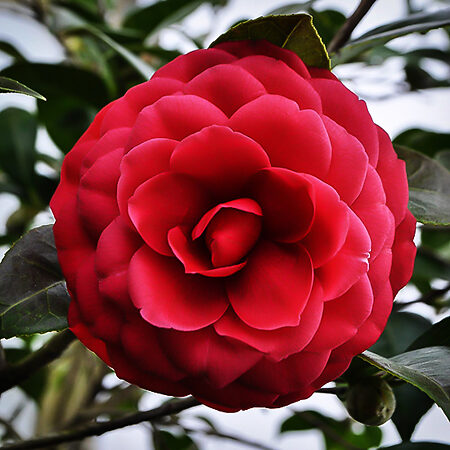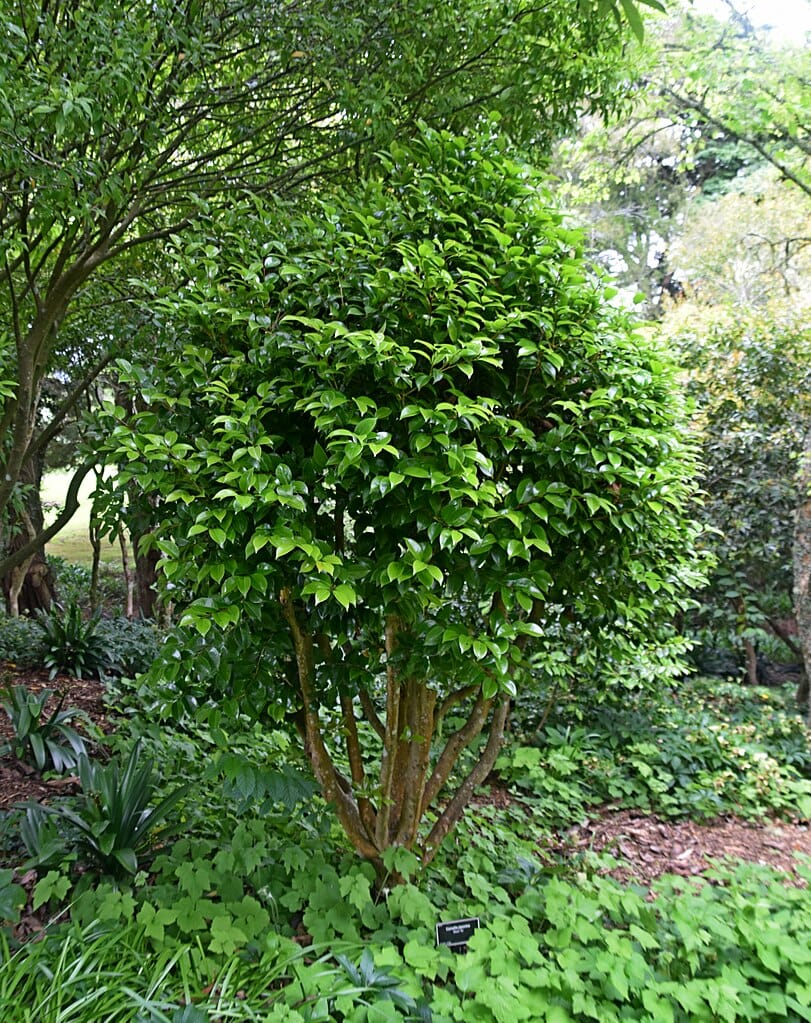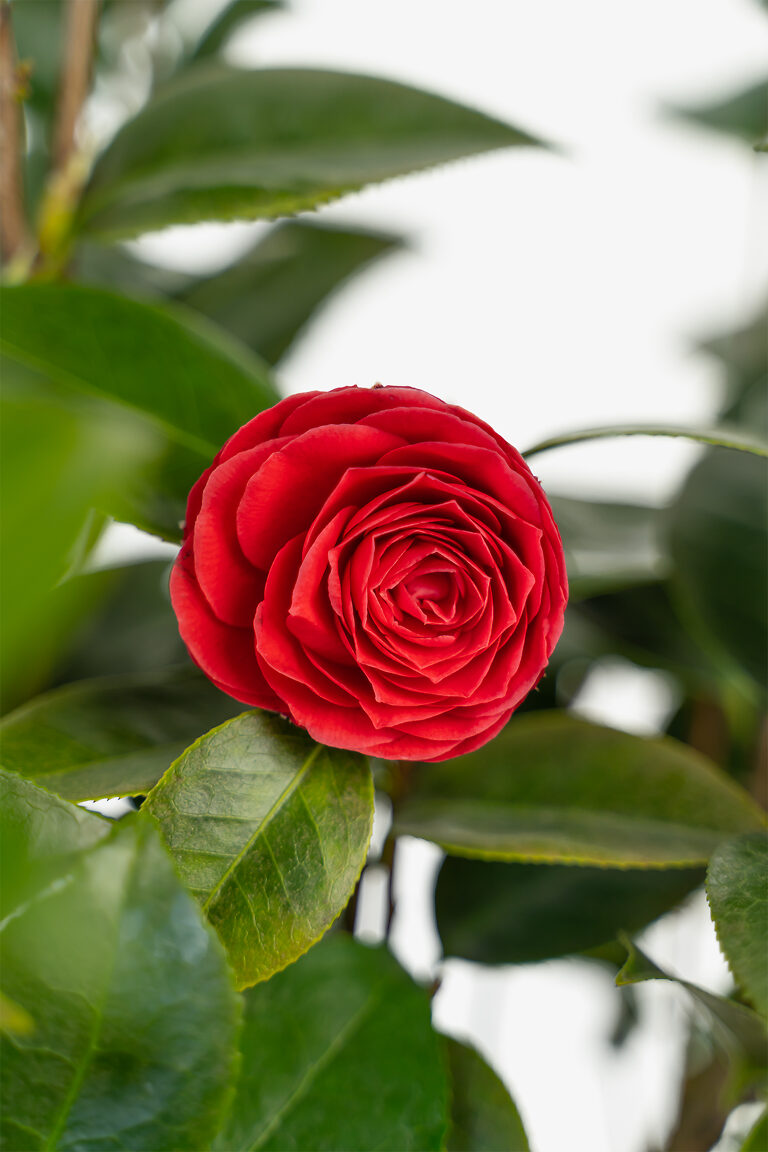Camellia Black Tie
A camellia with black tie - sounds elegant, doesn't it? This beautiful plant has become a popular choice for gardeners and landscape enthusiasts alike, and it's easy to see why. With its stunning, dark blooms and glossy evergreen leaves, camellia black tie adds drama and sophistication to any outdoor space. In this post, we'll take a closer look at camellia black tie and everything you need to know about this trending plant.
The Pain Points
Gardeners often struggle with finding a plant that is both hardy and attractive. Moreover, not every plant offers year-round beauty. Camellia black tie solves both these problems, making it a perfect choice for all garden enthusiasts. The plant is evergreen and has a stunning combination of dark green leaves and bright flowers, bringing beauty and charm into your garden space throughout the year.
The Target of Camellia Black Tie
Camellia Black Tie is a part of Camellia Japonica species, which is native to Eastern and Southern China, Taiwan, South Korea, and Japan. This beautiful flowering plant is known for its lovely blooms that usually appear from late winter to early spring. Don't let its dainty appearance fool you; this plant is sturdy and can survive harsh winters, making it a low-maintenance and long-lasting plant for all gardeners.
Main Points About Camellia Black Tie
Camellia black tie is a stunning evergreen plant that produces glossy green leaves and dark red or pink blooms in cooler months. It's a popular choice for gardens, walking paths, and landscape borders. The plant requires acidic soil conditions and proper irrigation to grow and thrive. For best results, camellia black tie should be planted in areas that receive filtered sunlight in the morning and partial to full shade in the afternoon.
My Personal Experience with Camellia Black Tie
I have always been a fan of evergreen plants, and camellia black tie has become one of my all-time favorites. The plant's glossy leaves and dark red flowers add life to my front yard, and it's great to know I don't have to worry about it fading away in winter. Besides, camellia black tie needs less maintenance, and it's perfect for busy days when I don't have the time to tend to my garden.

One thing I've learned about camellia black tie is that it requires proper irrigation - not too much or too little water. I usually water it once a week or when it's drier at the top. I also add some organic matter to the soil to ensure optimal growth. Overall, camellia black tie has enriched my gardening experience and added charm and beauty to my home.
Why Should You Consider Camellia Black Tie?
If you're looking for a low-maintenance, hardy, and attractive plant for your garden, you should consider camellia black tie. Its stunning leaves and flowers bring year-round beauty, and it's perfect for busy gardeners who want to enjoy their space without too much effort. Moreover, camellia black tie requires less maintenance and can adapt to a wide range of climates and soil conditions.

Growing Camellia Black Tie
Camellia black tie grows best in acidic soil conditions, ideally with a pH of 5.0 to 6.5. The plant requires proper mulching to maintain soil moisture and keep the roots cool. Always ensure that the plant receives adequate irrigation without waterlogging the roots. Depending on the climate, camellia black tie can grow up to 6-8 feet high and 4-5 feet wide. It's best to prune the plant once the flowers have faded, at which point you can shape the plant to your preference.

Question and Answer
Q. Can camellia black tie grow in colder climates?
A. Yes, camellia black tie can handle colder temperatures up to -10 degrees Fahrenheit. However, make sure to protect the plant from extreme cold and strong winds.
Q. What is the best time to plant camellia black tie?
A. The best time to plant camellia black tie is in early autumn or late winter when the soil is not too hot or dry.
Q. How often should I fertilize camellia black tie?
A. Camellia black tie needs fertilizer once a year, preferably in early spring or late summer. Use a balanced fertilizer with equal amounts of nitrogen, phosphorus, and potassium to aid in healthy growth.
Q. How do I control pests and diseases in camellia black tie?
A. Camellia black tie is prone to pests and diseases such as scales, spider mites, and petal blight. To prevent this, ensure proper irrigation, sanitation, and proper planting practices. You can also use pesticides to control pests if they occur.
Conclusion
Camellia black tie is a stunning and hardy plant that brings year-round beauty to any garden. With proper planting and maintenance practices, you can enjoy this plant's glossy leaves and dark red or pink blooms for years to come. Whether you're a beginner or experienced gardener, camellia black tie is a must-have in any outdoor space.
Gallery
Black Tie Camellia For Sale Online | The Tree Center

Photo Credit by: bing.com / camellia
Camellia Japonica 'Black Tie' 8" Pot - Hello Hello Plants & Garden Supplies

Photo Credit by: bing.com / camellia tie pot japonica
Camellia 'Black Tie' ~ Red Camellia~ Live Plant - Bushes & Shrubs

Photo Credit by: bing.com / camellia
Black Tie Camellia For Sale Online | The Tree Center

Photo Credit by: bing.com / camellia japonica
Camellia Japonica Black Tie 175mm Pot - Dawsons Garden World

Photo Credit by: bing.com / tie camellia japonica 175mm pot red garden camelia